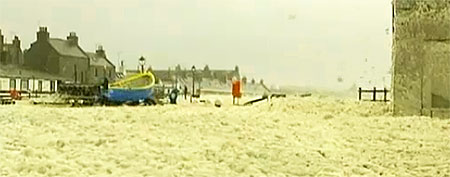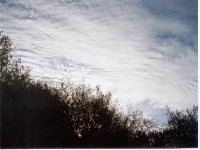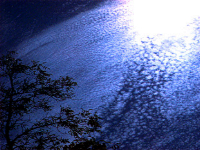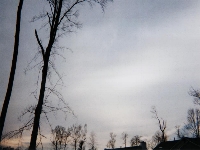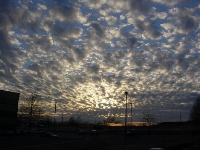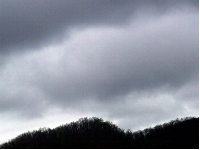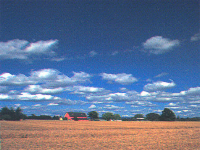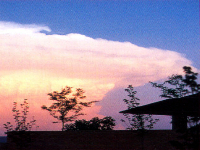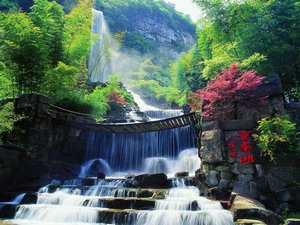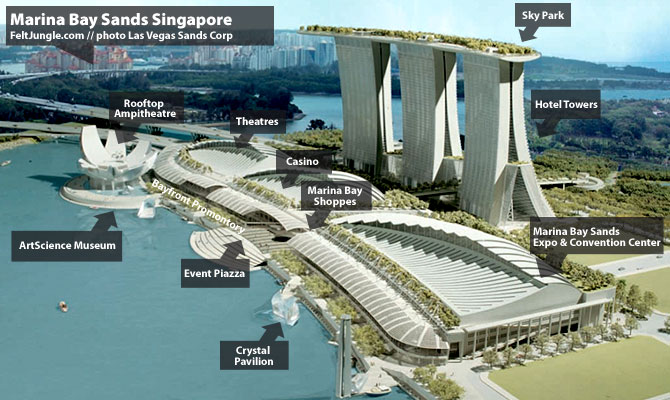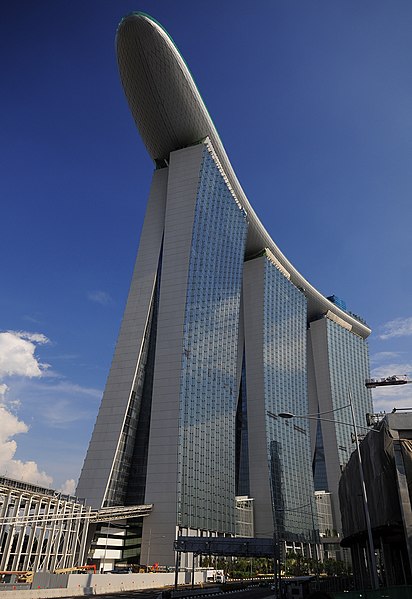Whew! Its been such a long time since my last post! Recently was rushing my projects but I have been reading news too! I am a person who does not like to read books but I like to read news ^^ I love knowing what is happening around me and sometimes it really amazes me too ^^
Anyway, when as per normal i was surfing the Yahoo! News I happen to came across an article early this week. The article is about FOOD CRISIS!
Why do I choose to do about Food Crisis?
I am a person who particularly likes to eat, I like to try different sort of food and my family can travel from north to east or even to malaysia just for meals. Hence, food crisis really caught my attention!
Back to the topic...
The following is the website where I have gotten the article.
http://sg.news.yahoo.com/un-urges-action-stave-off-global-food-crisis-114816140.html
Headline of article:
UN urges action to avert global food crisis
The concern:
- Worry that the 2007-2008 world food crisis which pushed the total number of hungry people to over a billion will repeat itself.
Main issue:
- To call for actions to all world leaders to act quickly to prevent a catastrophe which would affect tens of millions of people
Causes:
- Sharp increases in maize, wheat and soybean prices
- The drought in the United States, which has pushed grain prices to record highs
- Global grain production is barely sufficient to meet growing demands for food, feed and fuel. This, in a world where there are 80 million extra mouths to be fed every year
- One third of food produced is wasted or lost to spoilage, damage and other causes
Solutions:
- Swift, coordinated international action
- Tackle both the issue of high food prices as well as the question of how food is produced and consumed
- Countries must avoid panic buying and refrain from imposing export restrictions which, while temporarily helping some consumers at home, are generally inefficient and make life difficult for everyone else
- Promote sustainable food production in poor, food-importing countries, where there is often huge potential to improve production... especially in rural areas where 70 percent of the world's poor live
- Develop resources such as safety nets to safeguard against price shocks which include assistance for smallholder farmers, nutritional support to mothers and children, and school meals, the report said
My reflection:
After breaking down the article, I hope that it is easier to understand the article. Anyway, if the food crisis actually happen, it will definitely affect Singapore. Why? This is because Singapore has very limited land and is urbanised, hence we are not able to produce alot of agriculture goods that is enough for the nation, therefore we will have to depend on other countries supply to satisfy our needs.
Furthermore, Singapore is experiencing rising population hence will demand for more resources but increase in people also means more space is needed for the people to live and possible work on, so the green areas will have to be sacrificed to build housing and industrial to accomodate the people.
Therefore, because of our land scarcity, Singapore chooses to focus more on the quartenary sector of the Clark-Fisher Sector model whereby services such as research and development and IT are few of the main industries because they do not require as much land as agriculture.
Now, I have a thought, since Singapore has island such as Pulau Ubin and lesser people are living on it and we have high rainfall rate and good supply of sunlight, will it be feasible if we actually turn Pulau Ubin into a place for agriculture and Singapore shall grow our own food and be less dependable on other countries? Hmm... But anyway that is just a thought...
Alright, hope anyone who is reading this blog post can have some comments on my above thought. Now, I shall sign off and retire to my dreamland! Good night! ^^
Signing off,
Evee
My World, My Life, My Attitude, My Geography
